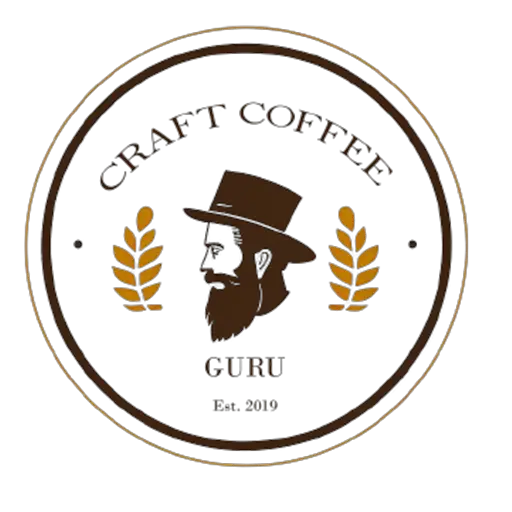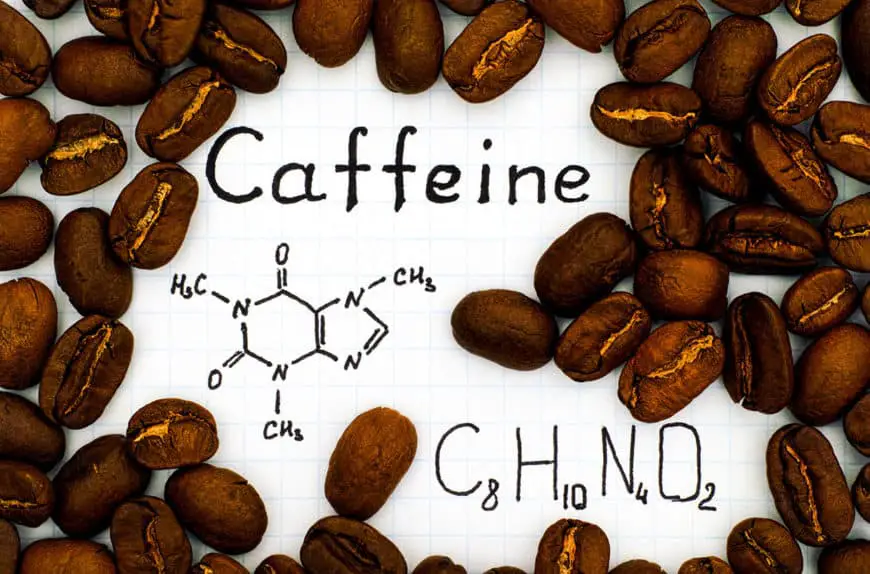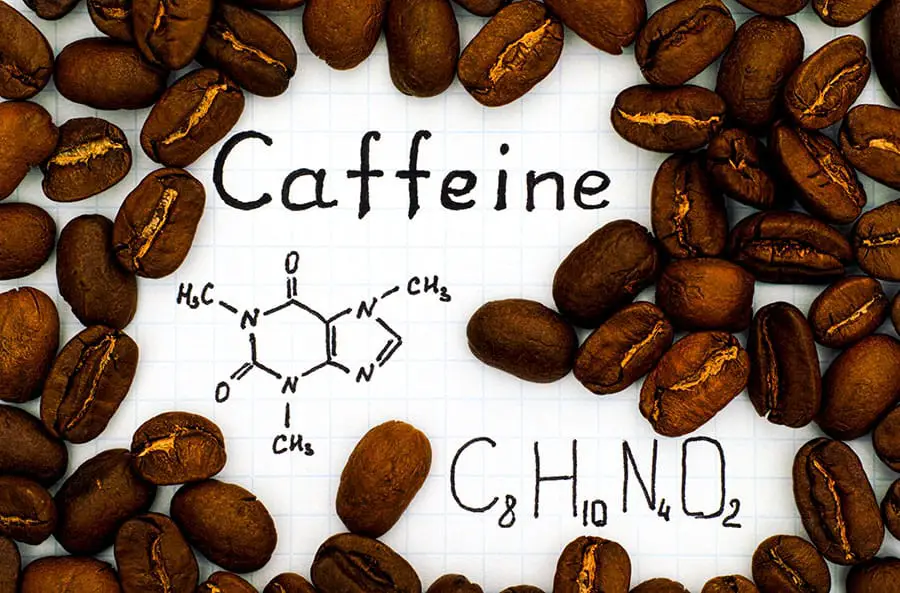
Most people reach for a morning cup of coffee without pausing to consider exactly how much caffeine it contains. Whether you need a quick burst of energy to kickstart your day or to power through a long afternoon, understanding the caffeine content in your brew can be enlightening.
It turns out that not all coffee drinks deliver the same caffeine punch. Some brews pack a stronger hit, while others may leave you feeling less alert. In this updated guide, we explore the differences in caffeine levels across various types of coffee and offer insights into how brewing methods and bean types impact your cup’s kick.
How Much Caffeine Is in a Cup of Coffee?
The caffeine content in a cup of coffee can vary based on the type, serving size, and brewing technique. On average, an 8-ounce (240 mL) serving of brewed coffee contains roughly 95 milligrams of caffeine.
That said, individual servings can range from 40 to 165 milligrams. Variables such as bean type, roast level, grind size, and brewing duration all play a role. For example, instant coffee usually has less caffeine than freshly brewed coffee, while espresso shots are more concentrated.
Below is a guide that breaks down caffeine amounts for different coffee drinks. More detailed explanations for popular beverages are provided later in the article.
| Coffee Drinks | Size | Caffeine |
|---|---|---|
| Drip Coffee | 8oz | 80–270mg |
| Espresso | 2oz | 58–185mg |
| Instant | 8oz | 111mg |
| French Press | 8oz | 80–135mg |
| Cappuccino (Double Shot) | 12oz | 58–185mg |
| Latte (Double Shot) | 12oz | 58–185mg |
| Drip Decaf | 8oz | 6–6.7mg |
| Espresso Decaf | 2oz | 16mg |
| Turkish Coffee | 8oz | 160–240mg |
| Percolator | 8oz | 64–272mg |
| Americano (Double Shot) | 12oz | 58–185mg |
Note that the caffeine amount can vary significantly not only by coffee type but also by the serving size. Also, even decaf coffee contains a trace amount of caffeine.
Caffeine Content in Arabica vs. Robusta Beans
Not all coffee beans are created equal. Different species have different caffeine levels. Coffea Arabica, known for its complex flavor profile with hints of chocolate, nuttiness, and fruitiness, typically contains about 1.2% caffeine (around 12 mg per gram).
In contrast, Robusta beans boast nearly double that amount—approximately 27 mg of caffeine per gram. While many coffee enthusiasts favor the smoother taste of Arabica, those seeking a sharper energy boost may opt for a Robusta blend despite its stronger, more bitter flavor.
How Does Caffeine Affect Your Body?
Understanding caffeine’s effect on your body is key. Caffeine is a mild psychoactive stimulant that enhances alertness by blocking adenosine receptors in the brain—the chemicals responsible for making you feel tired.
This naturally occurring substance is found in tea, coffee, and cacao, and it’s been used for its energizing properties for thousands of years. Typically, caffeine enters your bloodstream within 20 minutes of consumption, with peak effects occurring about an hour later.
In moderate amounts, caffeine can improve alertness, reaction times, and short-term memory, while also offering potential protection against conditions like Alzheimer’s and Parkinson’s diseases. However, excessive intake can lead to negative side effects such as anxiety, insomnia, tremors, and a rapid heart rate. The US Department of Agriculture suggests that around 400 milligrams per day—roughly equivalent to two to four average cups of coffee—is a safe upper limit for most adults.
The Impact of Coffee Roasting on Caffeine Content
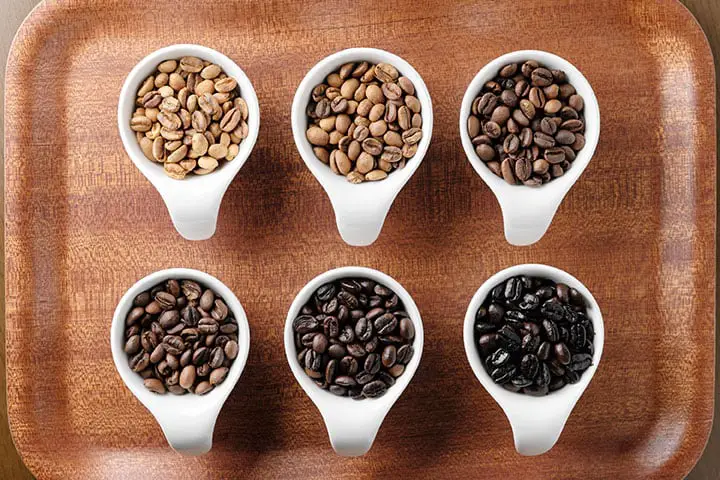
The roasting process influences caffeine concentration in coffee beans. As beans roast, water evaporates, which can make caffeine appear more concentrated in darker roasts. Light roasts, with higher water content, may exhibit slightly lower caffeine levels compared to medium or dark roasts.
Additionally, the bean type matters: Arabica beans generally have less caffeine than Robusta. Furthermore, brewing methods play a role; for instance, espresso’s short, high-pressure extraction yields a concentrated beverage, while longer brewing times in methods like French press or pour-over can increase caffeine extraction.
Ultimately, the ideal caffeine level in your coffee is a matter of personal preference—experiment with different roasts, bean types, and brewing methods to find what works best for you.
How Much Caffeine Is in Pour Over Coffee?
An 8-ounce cup of pour-over coffee averages about 145 milligrams of caffeine, while an 8-ounce cup of French press coffee comes in at roughly 107.5 milligrams.
Percolated coffee, on the other hand, tends to have a higher caffeine content, with an average 8-ounce serving containing up to 200 milligrams. Keep in mind that many coffee shops offer larger serving sizes, so your actual caffeine intake might be higher depending on your cup size.
How Much Caffeine Is in Espresso?
Espresso is renowned for its strong flavor and high caffeine concentration. A single espresso shot (about 2 ounces) typically contains around 150 milligrams of caffeine—comparable to an 8-ounce cup of pour-over coffee in total caffeine content.
However, espresso is much more concentrated: while a shot may have the same overall caffeine as a regular cup, the per-ounce concentration is significantly higher. This means that although espresso servings are smaller, each ounce delivers a powerful caffeine boost.
How Much Caffeine Is in Iced Coffee?
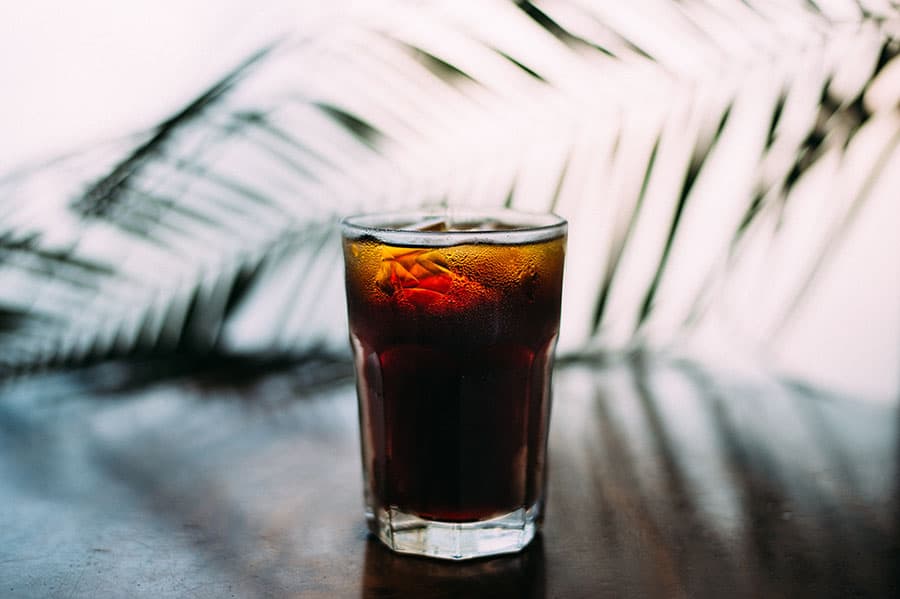
The caffeine content in iced coffee can differ from its hot counterpart. Regular iced coffee is essentially hot coffee served over ice, so the total caffeine is lower if the same volume is maintained, as the ice displaces some of the liquid.
For instance, a 16-ounce cup of hot coffee might contain about 290 milligrams of caffeine, while a 16-ounce iced coffee typically has around 203 milligrams due to the ice taking up space. In contrast, cold brew coffee is brewed differently—using steeping methods that extract more caffeine—which means its caffeine content remains high even when served cold.
Is There Caffeine in Decaf Coffee?
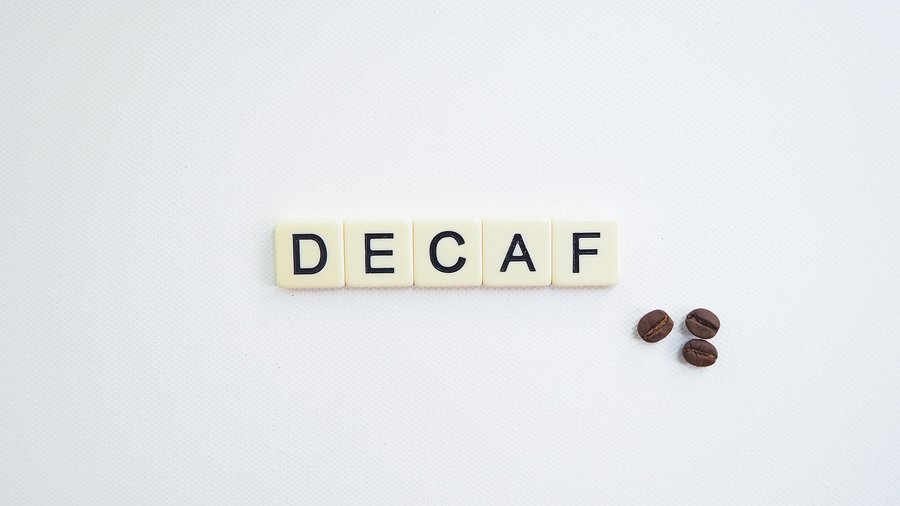
Despite the name, decaf coffee isn’t completely caffeine-free. An 8-ounce serving of decaf usually contains up to 7 milligrams of caffeine. While this is minimal compared to a regular cup, if you consume multiple cups, the caffeine can add up.
Decaffeination methods—such as the indirect-solvent process, direct-solvent process, or the Swiss Water Method—remove most but not all of the caffeine from green coffee beans before roasting.
Final Thoughts
The world of caffeinated coffee is more complex than it might seem at first glance. Whether you’re after a strong jolt of energy or a milder boost, understanding the nuances of caffeine content can help you choose the perfect cup.
For maximum caffeine, consider a cup made with lightly roasted, coarsely ground Robusta beans using a percolator. If you prefer iced coffee, opt for cold brew rather than regular iced coffee, which tends to be more diluted. And remember, while a double shot of espresso might have the same overall caffeine as a standard cup, its concentrated form provides a more immediate energy surge.
